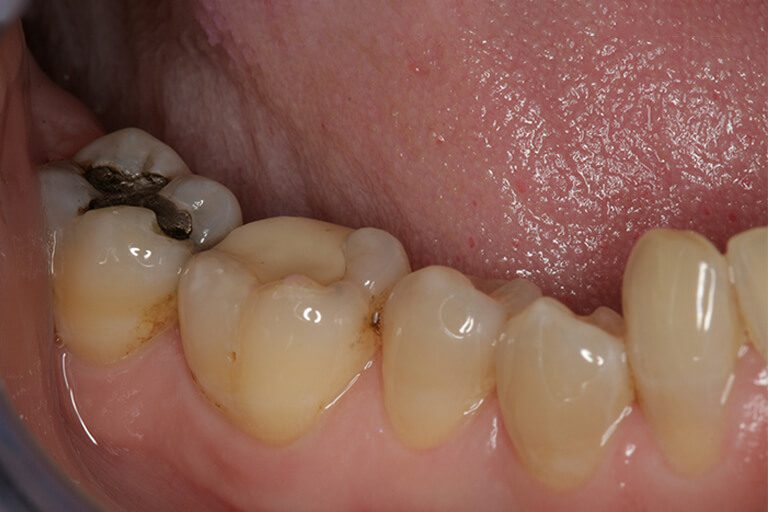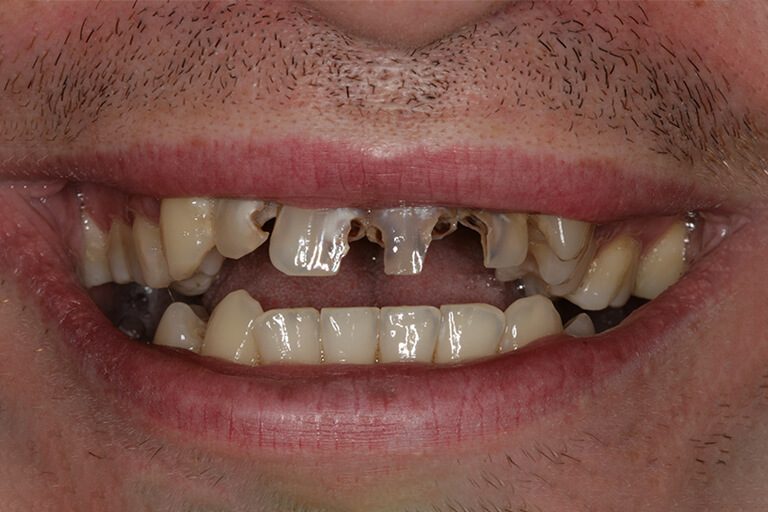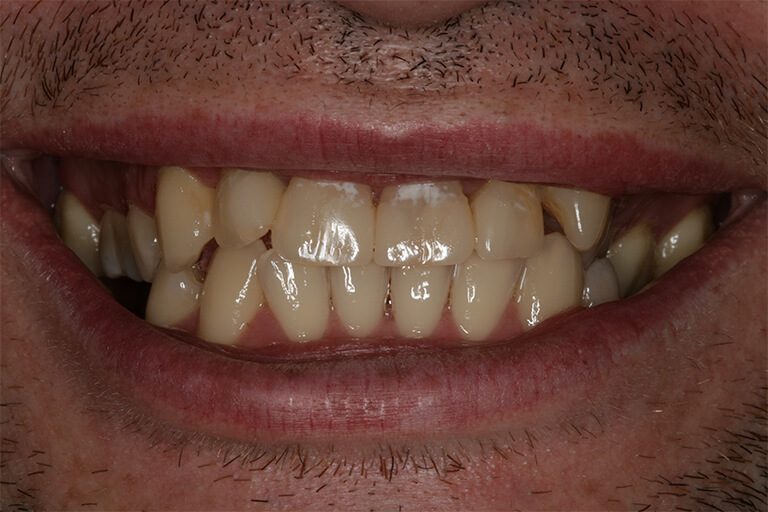A composite white filling is a tooth-coloured dental restoration made from a resin-based material. It’s applied as a putty-like substance that your dentist carefully sculpts and molds to match the natural shape of your tooth.
One of the main benefits of composite fillings is their ability to be colour matched to blend seamlessly with your existing teeth, making repairs virtually undetectable. Compared to traditional amalgam (silver) fillings, composite fillings usually require less removal of healthy tooth structure, helping to preserve more of your natural tooth.
Composite fillings are durable and can be used to repair cavities, chips, and cracks while maintaining a natural-looking smile.
Absolutely! Advances in dental materials have made composite white fillings just as strong and durable as traditional amalgam (metal) fillings. While amalgam fillings were once preferred for their toughness, modern composites now offer excellent resilience and longevity.
In addition to their strength, white fillings provide the cosmetic advantage of blending seamlessly with your natural teeth, making them a popular choice for both visible and less visible areas. With proper care, composite fillings can last many years, offering both function and aesthetic appeal.
Yes, it’s often possible to replace metal (amalgam) fillings with tooth-coloured composite fillings. Many patients choose to do this for aesthetic reasons, especially if the metal fillings are visible when they smile or talk.
However, dentists typically recommend replacing fillings only when they are worn out, damaged, or need replacing for clinical reasons. If your metal fillings are still in good condition, it may be best to leave them until necessary.
Your dentist can assess your existing fillings and let you know if switching to white fillings is a suitable and beneficial option for you.
Yes, there are alternatives to dental fillings, depending on the condition of the tooth and the type of damage. In cases where a tooth is more severely decayed, cracked, or worn, a dental crown may be a better option. Crowns cover the entire tooth, restoring both its strength and appearance.
For more cosmetic concerns—such as small chips, minor damage, or discolouration—a veneer or dental bonding may be suitable alternatives. Each case is different, so the best solution depends on your individual dental needs and goals.
A dentist will assess your tooth and recommend the most appropriate treatment to ensure both function and aesthetics are restored effectively.














